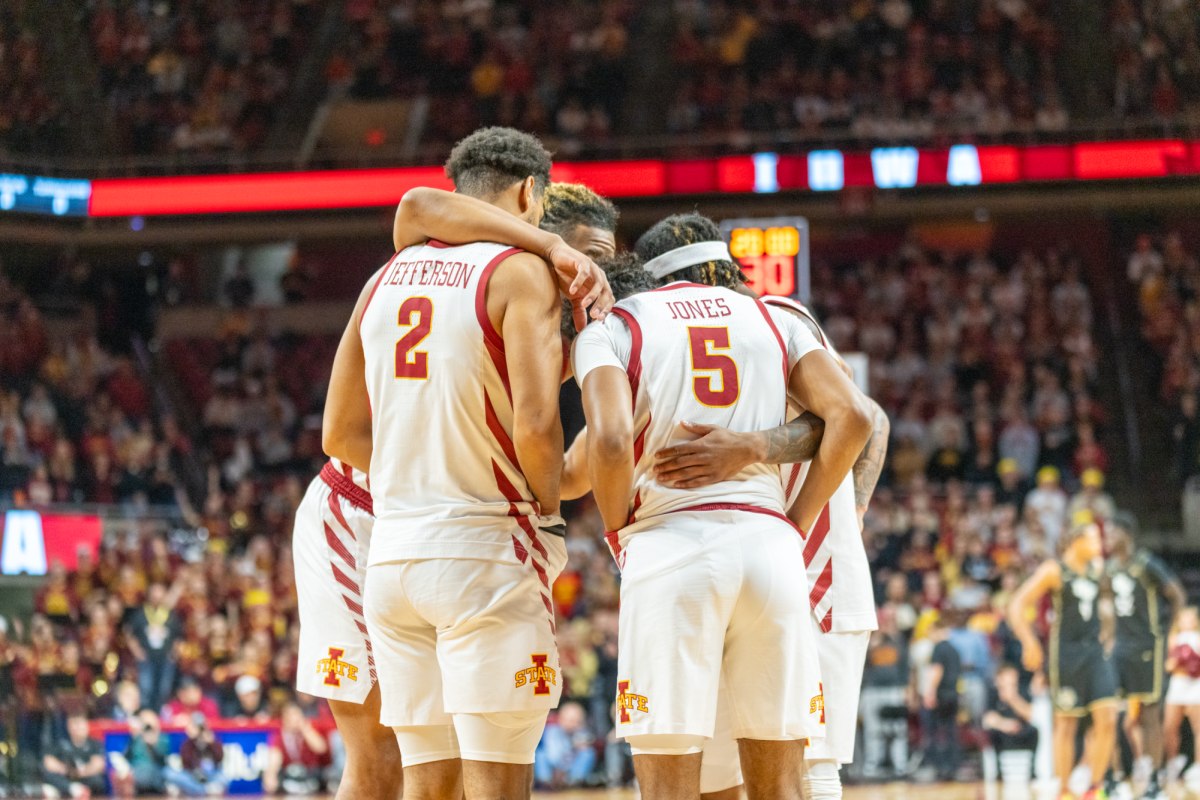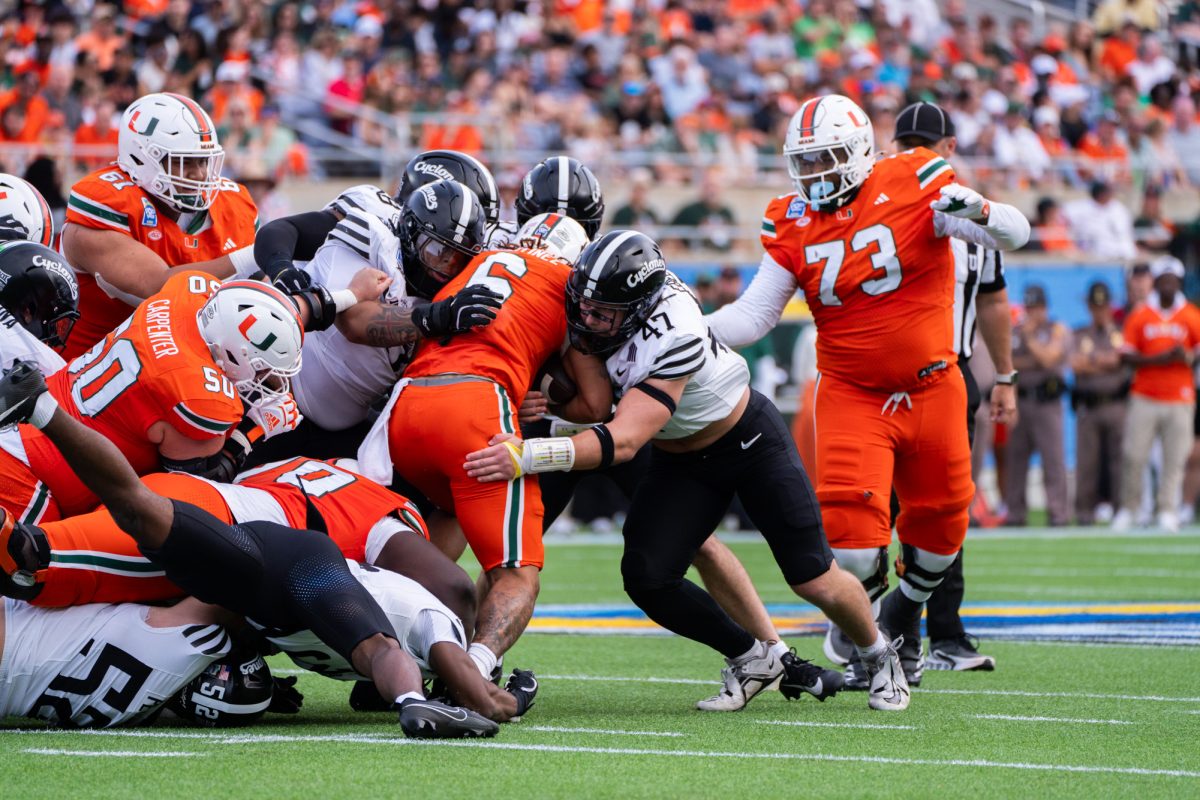Eat or be eaten.
In collegiate athletics, that saying holds a lot of meaning. The truth behind those words became painfully clear as the Pac-12 exodus continued last week.
After Colorado jumped ship to rejoin the Big 12, it was clear that the tides were shifting. More schools would join, that was for sure. The big question was who would go where and when?
Arizona was the first school to join the trend.
Shortly after Colorado’s departure, it was rumored that Arizona would be the next team to hop over to the Big 12. It made sense. The Big 12 had one more spot open for the taking, and Arizona checked all the boxes to fit into the top basketball conference in the nation.
That’s why no one was surprised when the news hit that Arizona’s entry into the Big 12 was approved Thursday night. It just needed to be made official.
However, it was clear there was more going on behind the scenes. The Pac-12 exodus was just beginning to brew.
When Friday hit, the college sports landscape would change. The first news to hit the public was that Oregon and Washington were joining the Big Ten.
After scooping up USC and UCLA the year prior, the Big Ten cemented itself as a college football conference that would be rivaled only by the SEC (Southeastern Conference).
Oregon has consistently been a top-25 team and produced NFL-level talent year after year. Washington ended the 2022 season ranked in the top 10 after going 11-2.
With the Big Ten bolstering its football competitiveness, the Big 12 made a move to balance things out. The Big 12 announced not only the addition of Arizona but also Arizona State and Utah.
It was made clear over the last few years that the Big 12 is a basketball conference. Two out of the last three NCAA Champs have been from the Big 12 in Baylor and Kansas. Not only that, the Big 12 consistently sends a majority of its conference to the NCAA Tournament.
Now the addition of Arizona and Arizona State adds more competition to the conference. Arizona was one of the top schools in the nation last season, while Arizona State made it past the first round in the NCAA Tournament.
The addition of Utah also strengthens the Big 12’s competition on the football side of things. Utah finished the 2022 season ranked in the top 10 while also winning the Pac-12 Championship taking down USC.
With five teams leaving the Pac-12 in the last week, the conference is down to four members. Stanford, Oregon State, Washington State and California.
As it stands, it’s looking as though the Pac-12’s extinction is quickly approaching. Both the Big 12 and the Big Ten made strong additions to stay alive in the fast-changing college sports landscape.
The Big 12 did what it needed to do to survive. It ate so it wasn’t eaten.
Iowa State athletics director Jamie Pollard said it best when it came to the future of the conference.
“All three institutions (Arizona, Arizona State and Utah), plus the University of Colorado, add tremendous value to our league,” Pollard said in a statement. “The future of the Big 12 Conference has never been brighter.”
Going forward it looks like more change is coming. The former Pac-12 schools are set to join their new conferences in 2024, which will boost the Big 12 up to a 16-team conference.
With both the Big 12 and the Big Ten fighting to compete with the SEC, especially on the football front, we may see super conferences form sooner than later. It’s impossible to say whether that will be a good or bad thing, but one thing is for sure.
College football and basketball are about to be more interesting and exciting than ever.




















